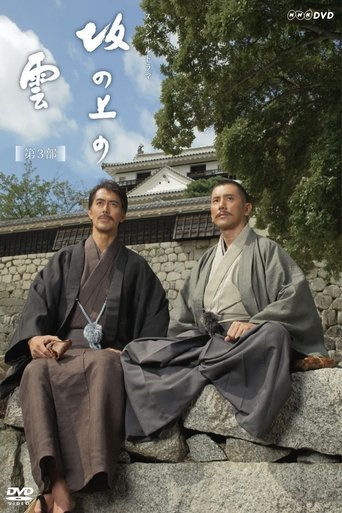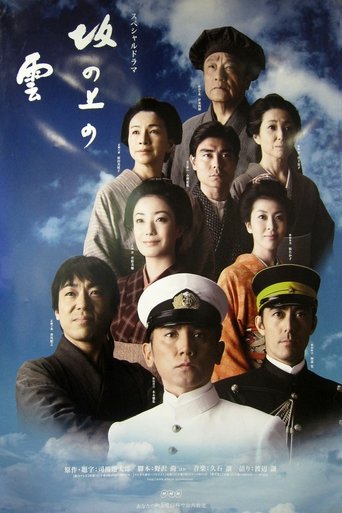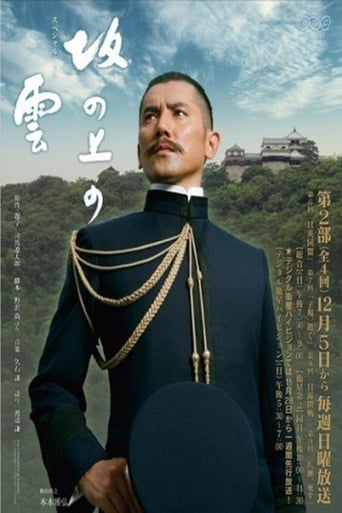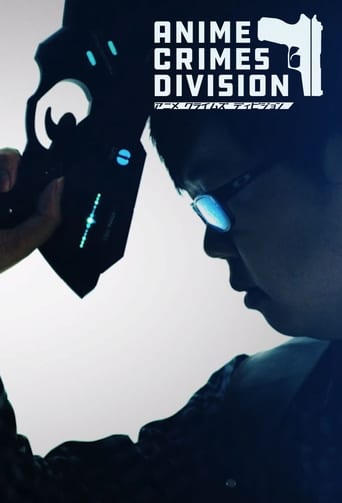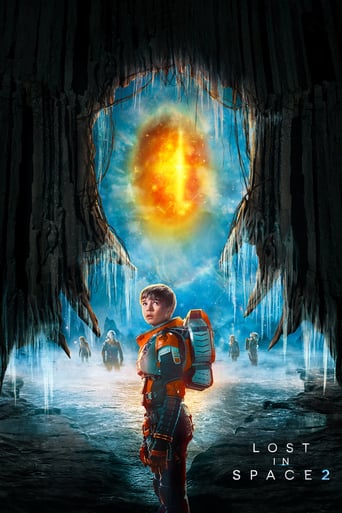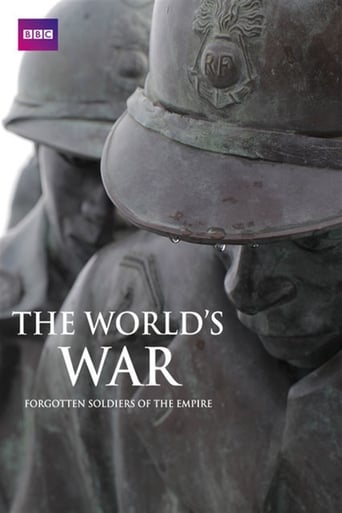Clouds Over the Hill Season 3

Saka no Ue no Kumo is an NHK 21st Century special drama which was aired over three years starting from November 29, 2009. The series runs 13 episodes at 90 minutes each. The first series, with 5 episodes, was broadcast in 2009, while series two and three, each with 4 episodes, were broadcast in late 2010 and 2011. While most episodes were shot in Japan, one of the episodes in series two was shot in Latvia. The TV series is based on the novel Saka no ue no kumo by Ryōtarō Shiba and adopted by Hisashi Nozawa. The theme song of the drama series is titled "Stand Alone". It was composed by Joe Hisaishi, written by Kundo Koyama and performed by British soprano singer Sarah Brightman.
Watch NowWith 30 Day Free Trial!
Clouds Over the Hill
2009
Saka no Ue no Kumo is an NHK 21st Century special drama which was aired over three years starting from November 29, 2009. The series runs 13 episodes at 90 minutes each. The first series, with 5 episodes, was broadcast in 2009, while series two and three, each with 4 episodes, were broadcast in late 2010 and 2011. While most episodes were shot in Japan, one of the episodes in series two was shot in Latvia. The TV series is based on the novel Saka no ue no kumo by Ryōtarō Shiba and adopted by Hisashi Nozawa. The theme song of the drama series is titled "Stand Alone". It was composed by Joe Hisaishi, written by Kundo Koyama and performed by British soprano singer Sarah Brightman.
Watch Trailer
Clouds Over the Hill Season 3 Full Episode Guide
Japanese combined fleet destroyed the Baltic Fleet by a daring Crossing, tactic overwhelmingly defeated the Baltic Fleet. However, Japanese national power reached its limit. Japan concluded the peace treaty with Russia through the intermediation of the U.S. but Japan was not able to get reparations from Russia. Inside the country, newspapers criticized the government, saying “weak-kneed peace” and people who had frustration with it set fires in Hibiya. Saneyuki returned to Japan suffering distress. He told his wife Sueko “I saw too many deaths… I want to leave the Navy.” Meiji Japan, “Land of the children” had been trying to climb the slope as hard as it can, aiming toward the cloud above the slope. However, a bright future was not all that is ahead of them. The story reaches a conclusion while stippling the ways of life of Saneyuki and Yoshifuru.
Saneyuki, who freed himself from care, and the Combined Fleet prepare for a decisive battle with the Baltic Fleet of Russia. Meanwhile, Yoshifuru Akiyama was preparing for a decisive battle with the Russian Army led by Kuropatkin. The Japanese Combined Fleet made preparations and got ready at the Tsushima Strait but the Baltic Fleet of Russia did not appeared. If the Baltic Fleet of Russia avoids Tsushima Strait and goes for Tsugaru or Soya Strait, Saneyuki’s plan will be nothing. Yoshifuru’s success, the Army won the Battle of Mukden, which was called “(the Battle of) Sekigahara” in this war. However, the combat capability of the Army has reached its limit. Saneyuki was exasperated by the Baltic Fleet that has not appeared for a while in Tsushima and advised Heihachiro Togo to move the Fleet. However, Togo said “the enemy will come to Tsushima” and they postpone moving. On the next day, it was telegraphed that enemy was in sight. Japan’s fate really depended on the Combined Fleet.
November 1904, the Japanese Army persisted in a frontal attack and failed again in its third consecutive attack on the fortress, symbolized by a “White Sash Team” battle. Nogi refused the Third Army insisting the frontal attack and decided to operate 203 Hill. However, 203 Hill was also protected by robust Russian forts and the number of Japanese victims continued increasing. Saneyuki believed this offense and defense is the decisive battle of Russo-Japanese War. In such a situation, the Chief of Staff, Kodama went to Lushun to command the Third Army on behalf of Nogi in the knowledge that it might disturb military order. Nogi discussed with Kodama. Nogi temporally left the command of the Third Army to Kodama. In December, Kodama modified the plan of the Third Army and attacked 203 Hill with full effort. Through a hard-fought battle, 203 Hill finally fell with a great number of victims. The Japanese Army shelled the Lushun Fleet of Russia. Port Arthur Blockade Operation of the Combined Fleet under the command of Togo which had lasted 10 months ended.
In 1904, Russian Port Arthur still existed and if the Baltic Fleet of Russia joined the Lushun Fleet, Japanese combined fleet would have no chance. In July, Togo held a council of war to defeat the Lushun Fleet of Russia protected by a fortress. Saneyuki argued that they should attack only 203 Hill to set observation point there and shell the Lushun Fleet. However, the Army, Gentaro Kodama turned down his argument, saying the purpose of the Army is to reduce a Lushun Fortress itself. The Army of the third military commander, ordered the capture of Lushun. Provoked by the shelling, the Lushun Fleet of Russia set sail in August. The battle took place over the Yellow Sea and the combined fleet could not annihilate the enemy fleet. Meanwhile, Kodama ordered Yoshifuru to organize a squad of the Akiyama troop. The first general attack, a frontal attack by the Army failed because the Lushun Fortress was modern solidified with concrete, causing 16,000 casualties. By the attack on Port Arthur, Japanese faced a terror of modern warfare. Furthermore, the second general attack also ended in failure. In October, Baltic Fleet of Russia finally leaves for Japan.
Free Trial Channels
Seasons


























